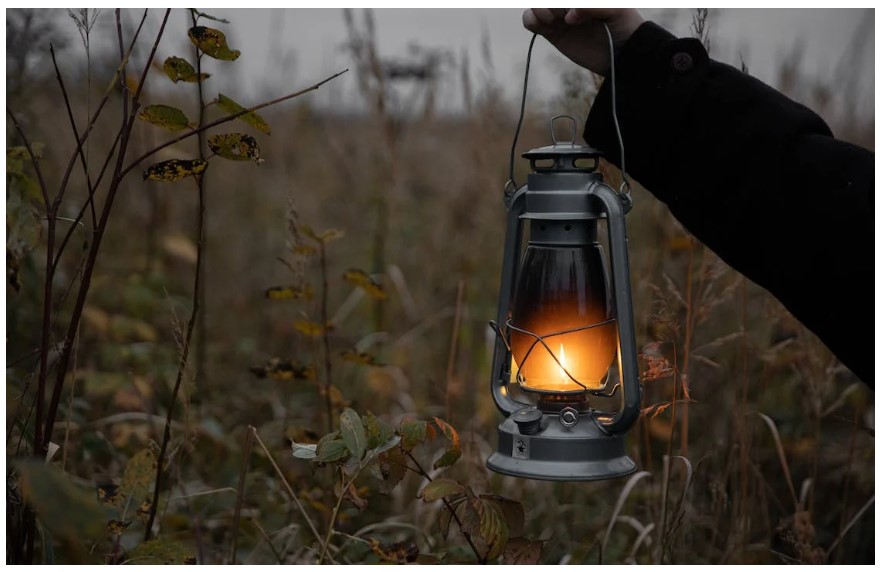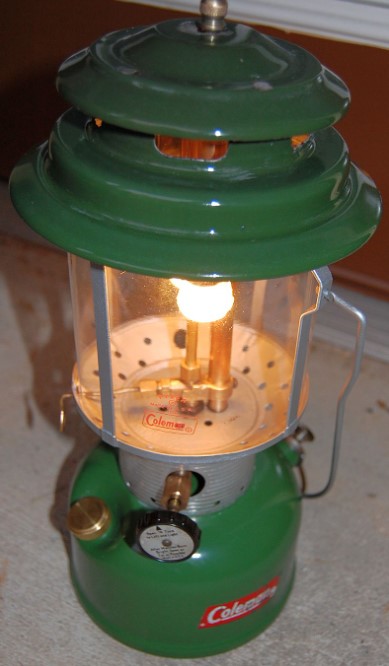Navigating the world of survival lanterns is like charting a course through a dense, unlit forest—you need the right guide to find your way. You’re likely familiar with the traditional glow of oil lanterns, the convenience of battery-operated models, and the eco-friendliness of solar-powered lights. Each type brings its unique set of benefits to the table, from the warmth and utility of oil lanterns, which can double as heat sources and cooking aids, to the safety and ease of use offered by battery lanterns, and the endless energy supply provided by solar options.
But before you decide which lantern will be your beacon in the dark, it’s crucial to weigh their performance against your specific needs, consider the maintenance they require, and understand their environmental impact.
Let’s embark on a journey to illuminate the key factors that will help you choose the perfect survival lantern, ensuring you’re well-equipped for any adventure or emergency situation that comes your way.
Key Takeaways
- Oil lanterns provide light, heat, and cooking capabilities but require proper ventilation to minimize risks like carbon monoxide emissions.
- Battery lanterns are easy to use and safe, especially around children, and can be powered by rechargeable batteries.
- Solar lanterns offer a renewable and cost-effective solution, eliminating the need for disposable batteries or other fuel sources.
- Efficiency and run time play crucial roles in determining the most suitable lantern option, with solar lanterns being ideal for off-grid locations and LED-based rechargeable lanterns offering extended run times compared to traditional fuel lanterns.
Types of Survival Lanterns
When considering the types of survival lanterns, you’ll find options ranging from oil and battery-powered to solar, each with unique benefits and considerations.
Oil lanterns, versatile in their fuel sources, can use cooking oil, diesel, or alcohol, doubling as a source of light, heat, and even cooking capabilities. They’re invaluable in scenarios where you’re off the grid, but they require proper ventilation to minimize risks like carbon monoxide emissions.
On the other hand, battery lanterns are a hit among campers for their ease of use and safety, especially around children. With options to use rechargeable batteries, they’re perfect for varying lighting needs, from reading to illuminating a campsite. They shine during power outages, providing reliable light without the mess of fuel sources. However, keeping an eye on battery life is crucial to avoid getting left in the dark.
Solar lanterns stand out for emergency lighting, especially in energy-impoverished areas. They offer a renewable, cost-effective solution, cutting down on the need for disposable batteries or other fuel sources. Ideal for long-term storage, solar-powered LED lanterns ensure you’re never without a light source, making them essential for sustainable emergency preparedness.
Performance and Efficiency
Having explored the different types of survival lanterns, let’s now examine their performance and efficiency to understand which might best meet your needs. Oil lamps, particularly those using kerosene as a common fuel, offer a traditional lighting solution. However, their low luminous efficacy, with only 0.59% of radiation visible, highlights their inefficiency. This inefficiency stems from the theoretical versus experimental luminous efficacy of a kerosene flame, affected by its inefficient combustion.
On the other hand, solar lanterns and battery-powered lanterns present more sustainable and efficient alternatives. Solar lanterns harness sunlight, converting it into energy, making them ideal for off-grid locations. Their efficiency contributes to sustainable development without the need for fuel.
Battery-powered lanterns, especially those with LED (Light Emitting Diode) technology, provide a significant advantage in terms of energy efficiency and lifespan. LED lights, known for their lower luminous efficacy of 0.57 lm/W, compensate with longer run times and reduced energy consumption. This makes LED-based rechargeable lanterns a preferred option for long-term use, offering extended run times compared to traditional fuel lanterns.
Ultimately, the choice between oil, battery, or solar lanterns will depend on your specific needs, with efficiency and run time playing crucial roles in determining the most suitable option.
Pros and Cons
Weighing the pros and cons of each survival lantern type can guide you in choosing the one that best fits your needs. Whether you’re preparing for an emergency or just looking for a reliable source of light during a power outage, it’s essential to understand the trade-offs between oil, battery, and solar lanterns. Here’s a quick overview to help you decide:
| Type | Pros | Cons |
|---|---|---|
| Oil | Various fuels, light and heat, adjustable | Safety, potential CO emissions, flammable fuel |
| Battery | Easy to use, safe, versatile, rechargeable | Relies on batteries, less ambiance, less durable |
| Solar | Renewable, no fuel needed, sustainable | Needs sunlight, unreliable in cold, expensive |
Oil lanterns are great for their versatility and ability to provide both light and heat, but they come with safety concerns due to the flammable fuel. Battery-powered LED lanterns offer ease of use and safety, yet they depend on having enough batteries on hand. Solar lanterns stand out for being a reliable and renewable source, eliminating the need for fuel, though they require solar panels exposed to sufficient sunlight to be effective. Choose wisely based on your specific situation and needs.
Maintenance and Care
To ensure your survival lantern remains a reliable source of light, it’s crucial to adhere to regular maintenance and care practices. Depending on the type of lantern you use, the specifics of this maintenance will vary, but all types require some level of attention to keep them functioning optimally.
For oil lanterns, like Coleman lanterns, it’s essential to:
- Keep extra wicks and use oil specifically designed for your lantern. Lamp oil should be stored safely, away from flammable materials, and used according to the manufacturer’s guidelines.
- Regularly clean the lantern to prevent soot buildup and ensure it’s safe to use. Components may wear out over time, so keep several replacement parts on hand.
Battery lanterns need:
- Periodic battery checks to ensure enough power is available when you need it most. Replace batteries as needed and keep several spares.
Solar lanterns require:
- Keeping the solar panels clean and free of debris to maximize charging efficiency. Store your lantern in a place where it can easily absorb sunlight during the day.
Regardless of the type, store all lanterns in a dry and safe location to prevent damage. Following these maintenance and care tips will ensure your lantern is ready whenever you need it.
Choosing the Right Lantern
Selecting the right lantern requires considering several key factors. First, you need to assess your specific lighting needs. Are you looking for just a lighting source, or do you also need heat and a way to cook? Oil lanterns are versatile in fuel options like cooking oil or diesel, and they offer not just a lighting source but also heat and a way to cook. However, they demand proper ventilation to avoid hazards.
Another factor to consider is the duration of potential power outages. How long do you expect to be without electricity? Battery lanterns are a good option for shorter power outages. They are child-friendly and boast ease of use with just a click. Additionally, they offer varied lighting modes for different scenarios.
When choosing the right lantern, it’s essential to weigh the pros and cons of oil, battery, and solar options. Consider the convenience of use and the availability and cost of power sources, be it fuel or batteries. Safety should always be a priority, so ensure you’re aware of how to use your chosen lantern safely.
Conclusion
In conclusion, choosing the right survival lantern depends on your needs. Oil lanterns offer warmth and can double as cookers but require fuel. Battery lanterns are user-friendly and safe, perfect for casual campers. Solar-powered lanterns provide endless energy, as long as there’s sunlight.
Remember, maintenance is key, regardless of your choice. Weigh the pros and cons carefully, and you’ll find the perfect lantern to light up your adventures and keep you safe in the great outdoors.





